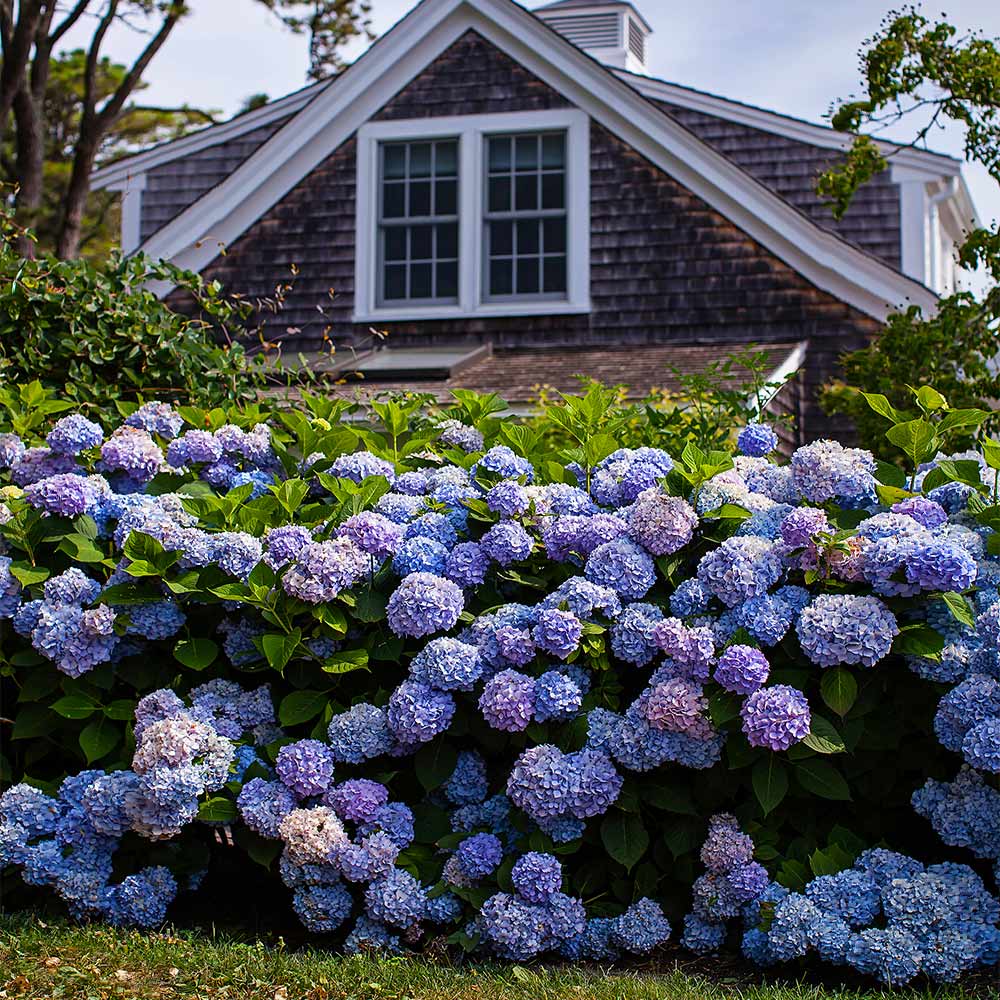Vermont
Filters
Plant Type
Flower Color
Sunlight
Mature Height
Plant Characteristics
Bloom Season
Growth Rate
Indoor Light Requirements
Pollination
Vermont Trees
Vermont residents are extremely proud of their Green Mountain State residential landscapes. They often come to us when they are looking for fast-growing trees that will provide them with cooling shade for their house and garden during the summertime. Which trees you choose to plant in Vermont will depend on where you live – the Northeast Highlands, the Western New England Upland, Green Mountains, Vermont Valley, the Taconic Mountains or the Champlain Valley - and the benefits you expect from the tree.
The Best Trees for Planting in Vermont
Good considerations for tree choices for Vermonters will always include species that are highly adaptable to the unique climate of the varied hardiness zones; trees that can thrive in zones 3-5.
If you live in Vermont’s colder regions you will need to choose from our most hardy trees that can easily withstand colder climes, such as the Hybrid and Lombardy Poplars or the stunning Juniper Wichita Blue. Our Red Maples also thrive in colder zones.
If you have a lake or pond on your property and you want to enhance its natural beauty, our Weeping Willow is just the thing. This graceful tree is an easy to grow shade tree and will provide a sweeping canopy for years to come. This is a quick and economical way to add character to any landscape.
A Large Variety of Trees for Vermont
Wherever your location, from St. Albans to Manchester, Guildhall to Newfane or Burlington to Chelsea, our Vermont tree options provide something for every taste and climate zone throughout the state. You can count on our experts to help you find the perfect trees and shrubs for you.
Vermont’s state tree is the Sugar Maple. This spectacular forest tree is found throughout the state and is easily recognized by its distinctive gray bark and 3-5 lobed leaves. In full maturity, most trees reach 70-90 feet in height.
Tunbridge is the official state soil of Vermont. This dark, sandy loam formed back in the Wisconsin-age glacial till and is well-drained. It is a deep soil and is found throughout most of the state. It is named after the town of Tunbridge, Orange County, Vermont. It is suitable soil for growing trees and shrubs.





































































































































































































































































